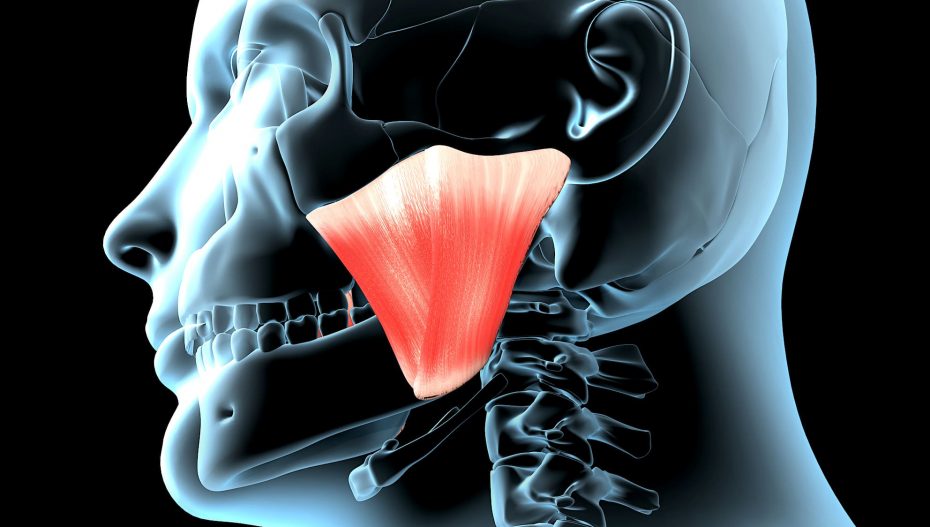Researchers and scientists have recognized another muscle layer in the human jaw that helps it in stabilisation. This revelation was made by scientists at the University of Basil. The masseter muscle is the most noticeable of the jaw muscles, it’s connected to the strong or “coronoid” cycle of the lower jaw and can pull the lower jaw in reverse, towards the ear. If someone put their fingers on the rear of their cheeks and press their teeth together, they’ll feel the muscle fix. Life structures course books by and large portray the masseter as comprising of one shallow and one profound part.
According to Szilvia Mezey, the lead author from the Department of Biomedicine at the University of Basel, “This deep section of the masseter muscle is distinguishable from the two other layers in terms of its course and function.”
The is a study published in the scientific journal Annals of Anatomy, is based on a detailed analysis of stained tissue sections from those people who had committed to donating their bodies to science after death.
Some recorded anatomical investigations depict the masseter muscle as having three layers, other individual examinations from the mid-2000s additionally reported three layers, however, they bifurcated the shallow segment of the masseter into two layers and agreed with standard works in their description of the deeper section.
According to Jens Christoph Türp from the University Center for Dental Medicine Basel (UZB), “Given these contradictory descriptions, we wanted to examine the structure of the masseter muscle again comprehensively.”
“Although it’s generally assumed that anatomical research in the last 100 years has left no stone unturned, our finding is a bit like zoologists discovering a new species of vertebrate,” Türp added.













